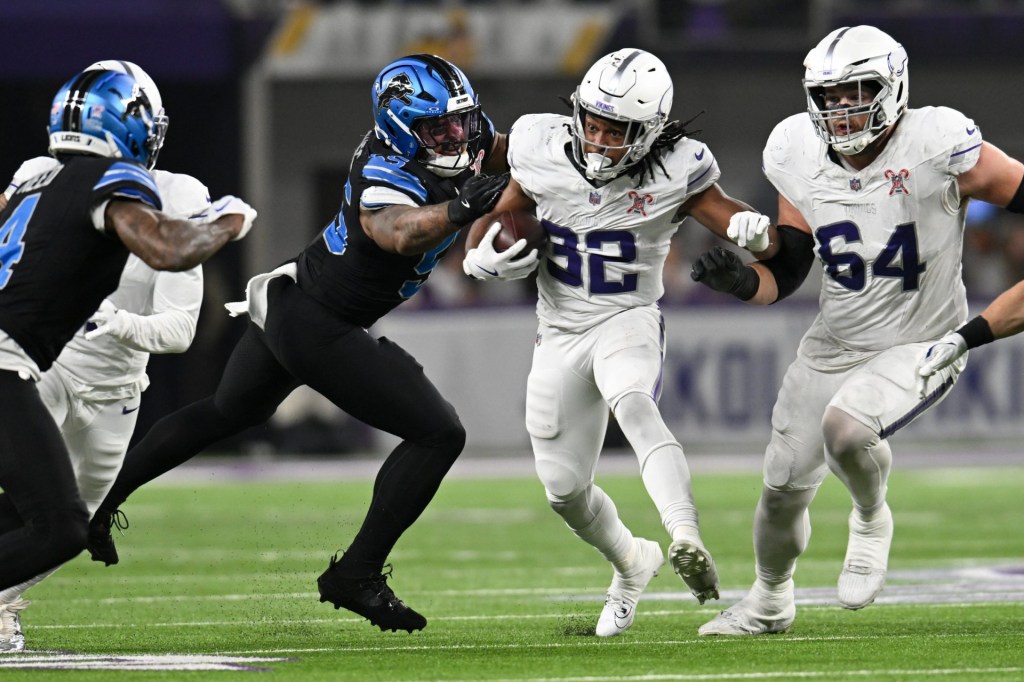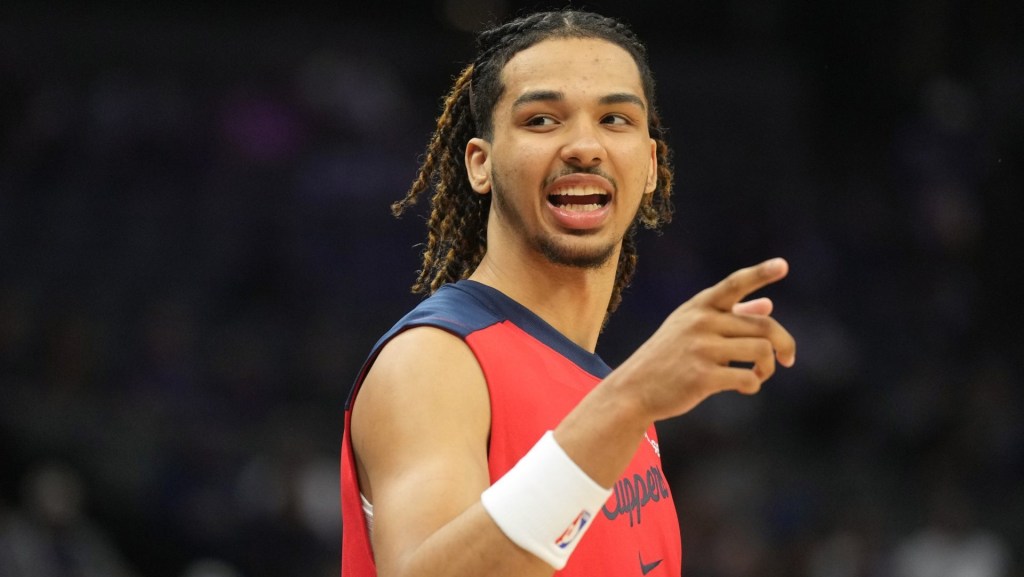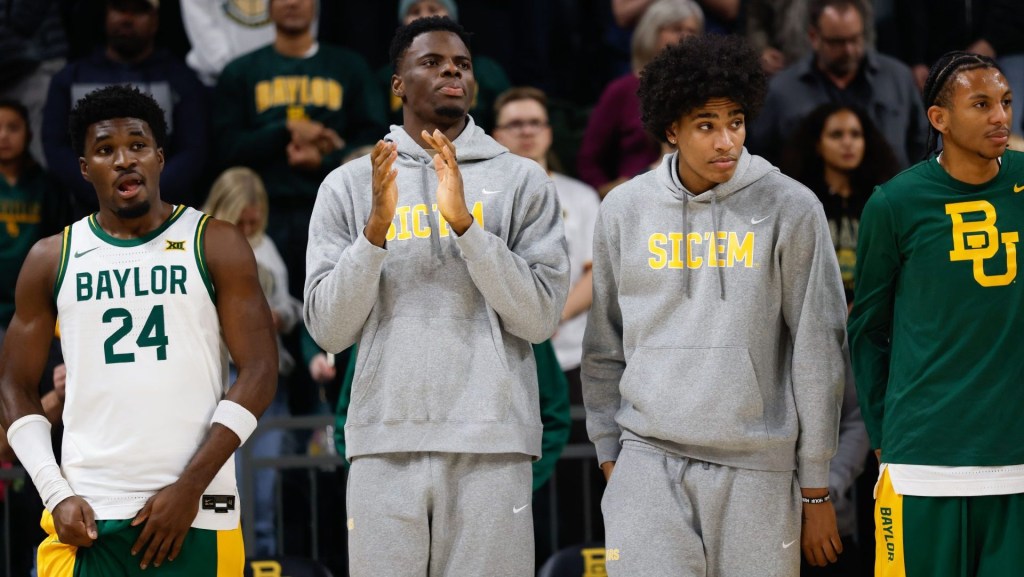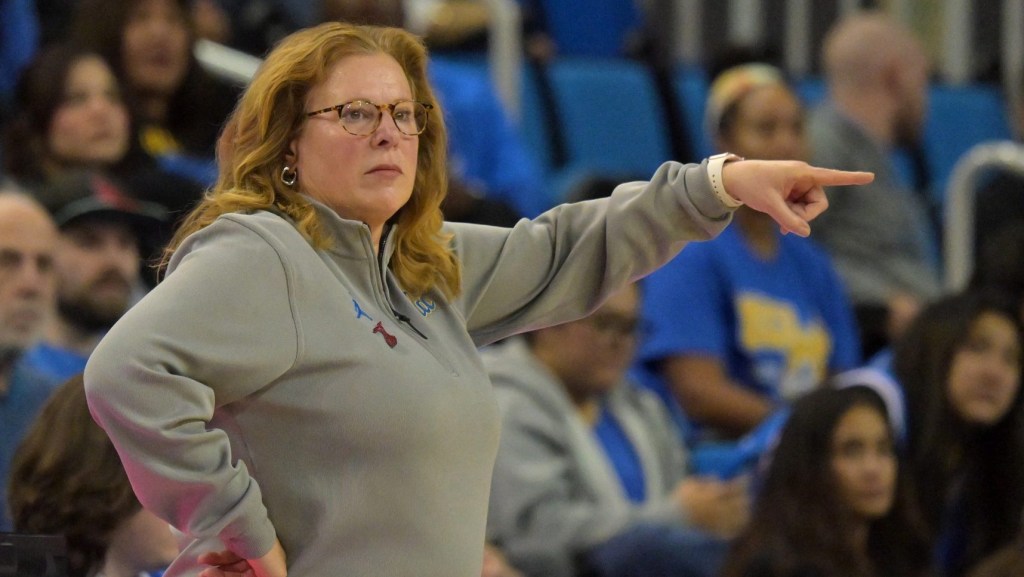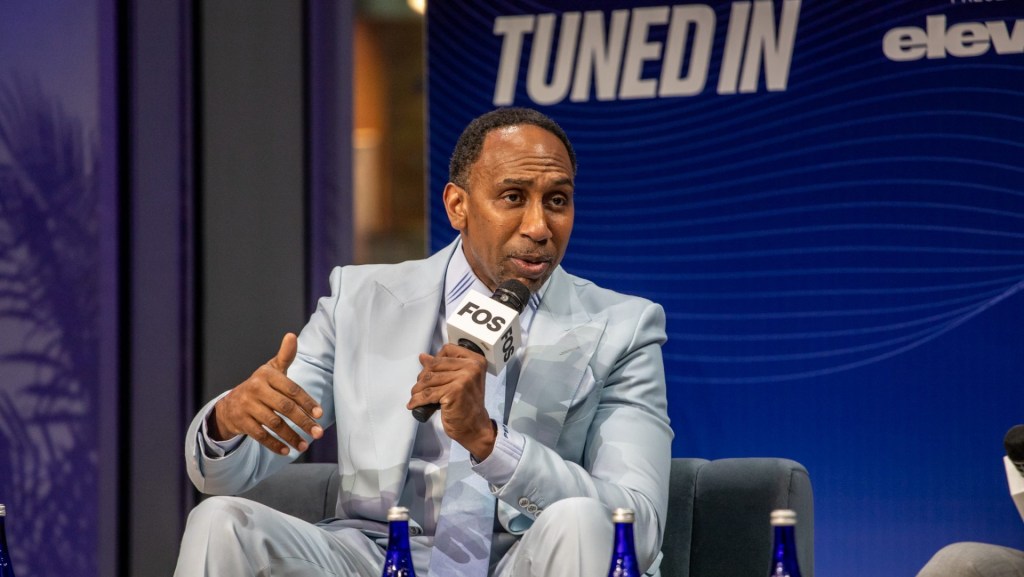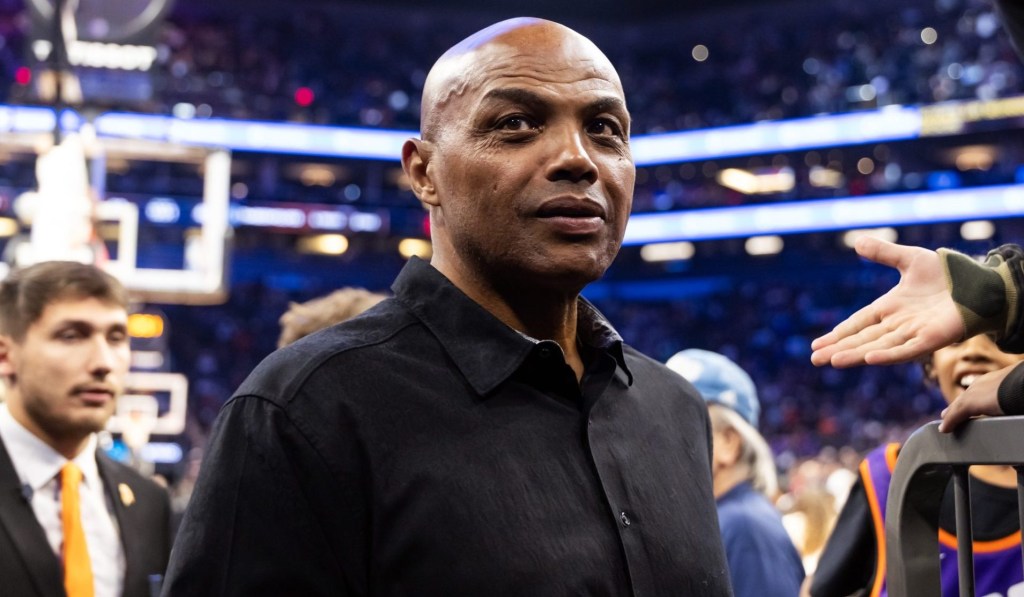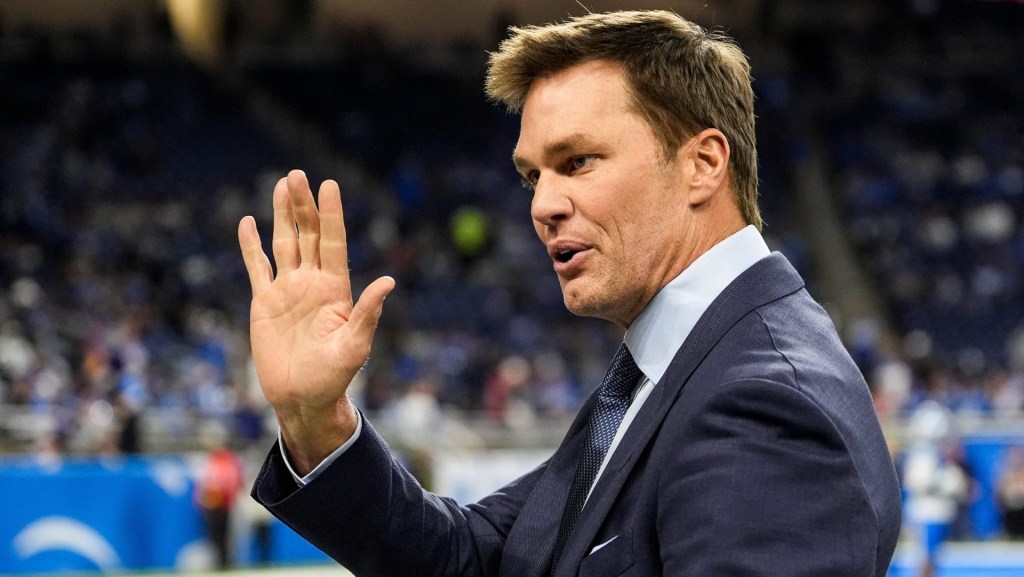The WNBA, together with the NBA, just signed a media-rights deal with partners Disney, NBCUniversal, and Amazon until 2036. However, the next five seasons, including the ongoing campaign, might just be the most important stretch in the history of the WNBA.
The league will receive $200 million per year, or $2.2 billion in total, in the media deal starting in 2026, but part of the contract includes a price reevaluation after the 2028 season, according to CNBC. The three partners did not assign a value for the WNBA when negotiating the broader $77 billion deal with the NBA, and the recommendation of a media-consulting team from Endeavor Group—which owns the WWE and UFC—valued the WNBA at just $125 million per year.
The NBA insisted on more—citing the league’s exponential growth this year upon the arrival of rookies Caitlin Clark (above) and Angel Reese—which led to the $200 million–per-year figure.
Should the sides determine that the WNBA is worth more than its current price, the three partners aren’t required to shell out more dollars, though they will be incentivized in some capacity if they do.
Highs and Lows
The WNBA is in an odd position.
Women’s college basketball broke barriers when the women’s championship game outdrew the men’s title game by more than four million viewers, and the momentum has successfully transferred to the pro level.
The rookies’ arrival has driven television viewership, attendance, and merchandise sales for the WNBA, and it could continue as Clark and Reese develop, while current college stars Paige Bueckers and JuJu Watkins will likely bring in sustainable fanfare.
That outlook explains why WNBPA executive director Terri Jackson and women’s basketball legend Cheryl Miller believe this new deal still undervalues the WNBA.
On the other hand, the league has been in a compromised financial position pretty much since its inception in 1996. Whether it’s the fault of the league itself, the NBA, or its partners, those mistakes—which include the shutdown of several franchises—don’t just dissipate after a few years of success, and they could explain why Endeavor valued the league at just 62.5% of what it ultimately received.
The WNBA does have several moves to boost its valuation. It has already confirmed two expansion teams over the next two years: the Golden State Valkyries starting next season and an unnamed team in Toronto in 2026. The league is also set to expand its season from 40 to 44 games starting next year, yet another way to boost revenue.
Momentum is on the side of the WNBA to prove its worth—and even shatter its current valuation—by 2028, but it’s operating from a compromised position and is still banking on positive developments. How it navigates the next five years will determine just how high the league will go.

